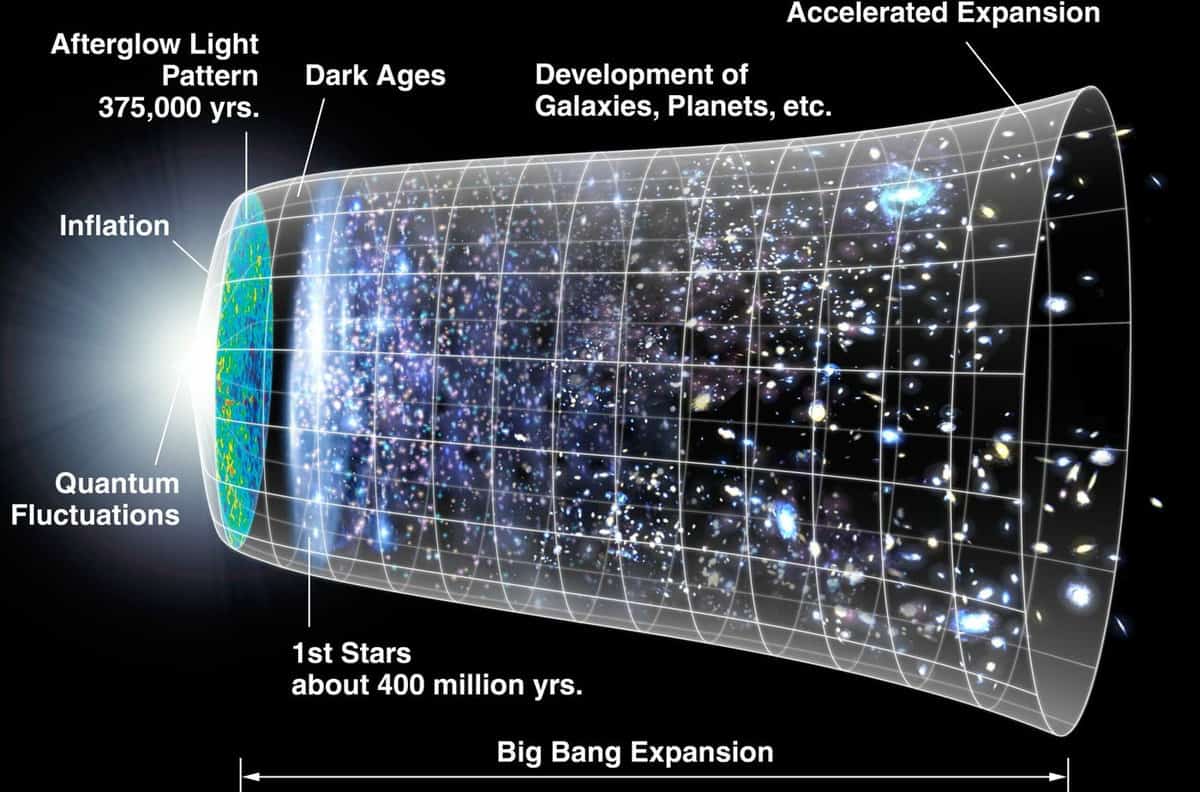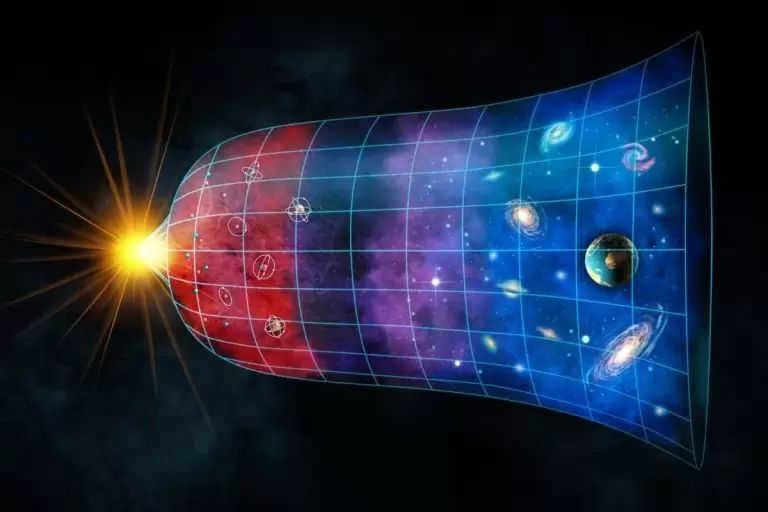
The term “Big Bang” refers to two interconnected concepts – the specific event that led to the formation of the universe, and the theory explaining its early development. Approximately 13.8 billion years ago, the universe existed in an incredibly compact, intensely hot, and dense state known as the cosmological singularity. It was during this period that the Big Bang occurred, initiating the expansion of the universe and the emergence of space and time.
What occurred during the Big Bang?
The progression of the Universe can be followed from its initial moments, but little is known about the period that transpired from the inception of the cosmos to 10 -43 seconds after its inception. This timeframe is referred to as the Planck epoch. At that time, the universe was inherently unstable due to its extreme temperature and density, and the four fundamental forces – gravity, electromagnetism, strong and weak nuclear interactions – were the sole indivisible force determining the state of the world.
The strong force is the most dominant of all the fundamental forces; it is responsible for binding quarks together and also for holding protons and neutrons within atoms. The weak force plays a crucial role in thermonuclear reactions that occur within stars, while electromagnetism governs the interaction between electrically charged particles. Finally, gravity is the force that causes bodies to attract one another.
Within a mere second following the occurrence of the Big Bang, the universe had expanded to a magnitude spanning billions of kilometers and had cooled sufficiently for the elementary particles to combine, resulting in the formation of the first atom, namely hydrogen. A mere three minutes after the birth of the world, the age of nucleosynthesis commences. Neutrons and protons persist in combining to create atoms, yet it will take roughly another 500,000,000,000 years before the initial stars come into existence.
Is it possible to determine the precise location of the Big Bang?
The precise location of the Big Bang could be compared to a specific point, such as the pinnacle of St. Sophia Cathedral or even the very tip of your nose. At one time, all the space that currently exists was condensed into a cosmological singularity. It’s important to note that the Big Bang wasn’t a traditional explosion, but rather a simultaneous expansion of space in every direction. In a way, the Big Bang is still occurring, as the Universe continues to expand and cool.
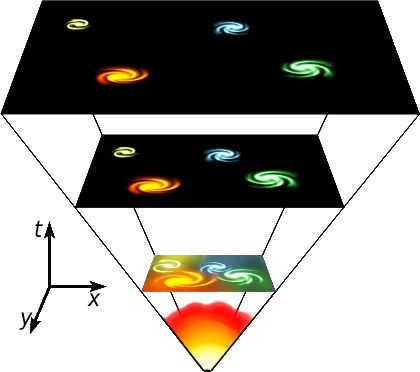
Where is the Expansion of the Universe Occurring?
The expansion of the Universe is not occurring in any specific location, but rather it is happening on a universal scale. The entirety of matter and space is encompassed within the Universe, with nothing existing beyond it, including any defined boundaries. When we state that “the universe is expanding,” we are referring to the fact that the distance between objects not bound by gravity in space is increasing. As a result, galaxies themselves are moving apart from one another. However, they remain fixed within the fabric of the space-time continuum, which is undergoing stretching. To illustrate this, we can compare it to a balloon with two points drawn on it – when the balloon is inflated, the distance between the points will expand, even though the points themselves have not physically moved. Let us now revisit the concept of the Big Bang.
What caused this occurrence?
In a cosmological singularity, the established laws of physics do not apply. There is no tangible evidence of the events that took place during the Big Bang, and these events do not have any influence on the state of the universe following the explosion. Nonetheless, scientists continue to propose various hypotheses based on mathematical calculations. For instance, the cyclic model suggests that there will be a Big Contraction following the Big Bang, and the Universe exists in the period between these two events. Alternatively, the Multiverse model suggests that our world is just one of many parallel worlds. However, none of these theories have gained universal acceptance.
How can we be certain that the Big Bang actually occurred?
We have concrete evidence that the Universe is expanding – this discovery was made by astronomer Edwin Hubble in the 1920s when he calculated the rate at which galaxies are moving apart. By mentally rewinding time, it becomes clear that the universe must have been smaller and denser in the past. Moreover, we have direct proof in the form of relic radiation. This is the light that originated from the early universe’s primary plasma and now fills it with a nearly uniform background, observable in all directions of the sky. These ancient photons have traveled for a significant amount of time and have shifted into the microwave spectrum.
The theory known as The Big Bang explains the origins and evolution of the universe. Despite its apparent simplicity, there are several key points that are often overlooked. Let’s examine three common misconceptions about the most widely accepted theory of the universe’s creation.
Read “Hitech” in
The Big Bang Theory is a cosmological model that seeks to explain the early stages of the universe’s development. It posits that the universe did not always exist and had a definite beginning.
Around a century ago, it was discovered by scientists that galaxies located far away from Earth do not remain stationary, but rather move apart in various directions. This indicates that, similar to the rest of the universe, they are in motion. This motion requires a forceful push, which according to the theory, occurred approximately 13.8 billion years ago. This event, known as the Big Bang, marked the beginning of the universe’s expansion. Prior to this, the universe existed in a more condensed and hotter state.
Based on this theory, scientists have obtained a clearer understanding of the universe’s history, including the formation of elementary particles, as well as the emergence of atoms, stars, and galaxies.
Debunking Myth #1: The Big Bang is not an explosive event
Contrary to popular belief, the term “Big Bang” does not imply a violent explosion.
In the early 1920s, mathematician Alexander Friedman and Belgian priest Georges Lemaître independently discovered that Einstein’s general theory of relativity allows for the expansion of the universe. This theory was later confirmed by Edwin Hubble, who observed that galaxies are indeed moving away from each other. As a result, most of the galaxies that we currently observe through telescopes will eventually disappear from sight, a consequence of the aftermath of the Big Bang.
However, it is important to note that the Big Bang did not involve a traditional explosion. In explosive events, matter is forcefully ejected and scattered. In contrast, during the Big Bang, matter did not “fly apart” but rather, space itself expanded.
The movement of galaxies away from each other is not due to their own motion, but rather the expansion of space itself. To illustrate this concept, imagine a piece of dough with chocolate chips. The chocolate chips represent galaxies, while the dough represents space. As the dough expands, it is similar to how space expands, causing the galaxies (or chocolate chips) to appear to move away from each other while actually remaining in place.
Another way to comprehend the idea of expanding space is to visualize dots on a balloon, which represent galaxies. As the balloon is inflated (representing the expansion of space), the dots move away from each other while still remaining on the surface of the balloon. It is important to note that the movement of galaxies is also influenced by gravitational attraction between them, which is an additional factor to consider.
Myth #2: The Big Bang originated from a central point
When we envision the Big Bang as an explosion, it may seem like it began from a specific point at the center. However, the reality of the Universe’s origin is quite different. Nearly all galaxies are moving away from Earth in every direction. (With this in mind, it is clear that Earth has never been, and will never be, the epicenter of the Universe’s inception. Observers from any other planet would also witness galaxies moving away from them).
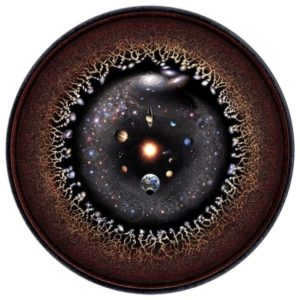
To put it differently, the expansion of the Universe is happening simultaneously in all directions. The Big Bang did not take place in any specific location.
Myth #3: The entire universe was compressed into a tiny point
It is indeed true that our entire observable universe was extremely densely packed into a minuscule space at the onset of the Big Bang. However, how can it be both infinite and so small?
When individuals learn about this theory, they may envision the universe starting out smaller than an atom, then growing to the size of a soccer ball, and expanding in that manner for 14 billion years. However, this analogy implies that space initially had boundaries and an edge. Yet, there is no evidence to suggest that the universe was not infinite during the time of the Big Bang.
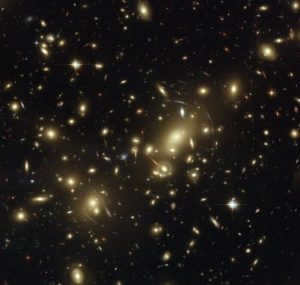
Indeed, the object that once occupied only a square meter of space has now undergone a tremendous expansion, spanning billions of light years. However, it is important to note that even in its early stages, the Universe lacked any discernible boundaries. According to the expert opinion of Are Raklev, a distinguished professor of theoretical physics at the esteemed University of Oslo, the entire observable Universe originated from an infinitesimal region that can be likened to a singular point. It should be understood that this point, along with its neighboring points, experienced a similar expansion. The only reason why we are unable to perceive these distant points is due to their immense distance from us.
What is the main conclusion?
Although the Big Bang theory is widely accepted in the scientific community, it is important to acknowledge that it is still a hypothesis and not proven fact. It is crucial to note that there are certain inaccuracies within the theory that scientists are actively working to refine through ongoing astronomical observations and research. However, physicists have gathered enough independent corroborating evidence to establish the Big Bang theory as the predominant framework for modern cosmology. Our entire existence is a direct result of an event that occurred 13.8 billion years ago.
Related articles
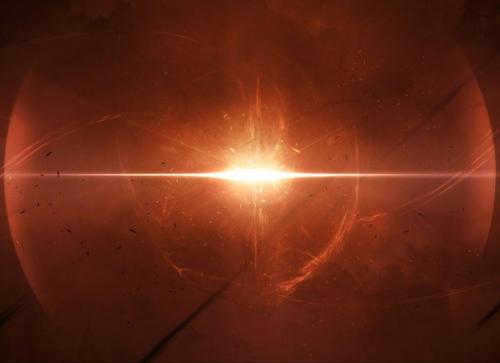
Decoding the Concept of the Universe
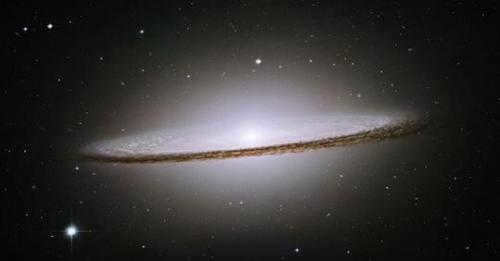
The cosmos is an immense, unfathomable expanse teeming with quasars, pulsars, black holes, galaxies, and matter. These various elements continuously interact, shaping our perception of the universe. It is not uncommon to find stars in the cosmos not as solitary entities, but rather as part of magnificent clusters. Some of these clusters may consist of several hundred or even thousands of such celestial objects. Astronomers suggest that small and medium-sized clusters, often referred to as “frog spawn,” formed relatively recently. On the other hand, spherical formations are ancient, serving as a testament to the early cosmos. The universe contains numerous such formations.
It is difficult to fathom a period 13.7 billion years prior to the present when the entirety of the universe existed as a singularity. As per the Big Bang Theory, one of the primary contenders for clarifying the source of the universe and all matter inside it – and the universe itself – everything was contracted into a point more modest than a subatomic molecule. Yet, if this idea can still be acknowledged, think about this: what existed before the occurrence of the big bang?
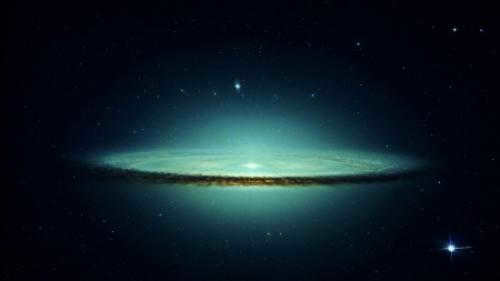
This inquiry into the origins of the universe has been a topic of interest in modern cosmology for centuries. Dating back to the fourth century AD, theologian Augustine the Blessed endeavored to comprehend the essence of God prior to the formation of the cosmos. And what was his conclusion, you ask? Time was a creation of God, and the concept of a “before” simply did not exist.
Albert Einstein, one of the most brilliant physicists of the 20th century, arrived at remarkably similar conclusions when formulating his theory of relativity. Consider the impact of mass on the passage of time. The immense mass of a planet distorts time, causing it to flow at a slower pace for an individual on the planet’s surface compared to an astronaut in orbit. Although the disparity is imperceptible, it is noteworthy that a person standing near a massive rock ages at a slightly slower rate than someone standing in an open field. However, it would require a billion years to experience a difference of just one second in age. Prior to the occurrence of the Big Bang, the singularity contained the entire mass of the universe, effectively halting the progression of time.
Based on this reasoning, the article’s title could be considered incorrect, or at least grammatically incorrect. According to Einstein’s theory of relativity, time came into existence precisely when the singularity began to expand and moved beyond compressed infinity.
Is that all? Is the question resolved? Not quite. The question remains one of the most challenging and fascinating. Years after Einstein’s passing, advancements in quantum physics and numerous new theories have reignited the debate about the nature of the universe prior to the Big Bang. Let’s delve further.
Consider this: what if our universe is actually a descendant of another, older universe? Some experts in astrophysics propose that clues about this possibility may come from relic radiation that was left behind after the big bang, known as the cosmic microwave background.
The existence of relic radiation was first observed by astronomers in 1965, and it presented certain challenges to the prevailing big bang theory. These challenges led scientists to briefly question and develop the inflationary theory, which was later proposed in 1981. According to the inflationary theory, the universe experienced a rapid expansion during its early stages. This theory also provides an explanation for the temperature and density variations in relic radiation, suggesting that these variations should be consistent.
However, it has been revealed that they are not. Recent studies have proven that the cosmos is actually asymmetrical, with certain regions experiencing more variations than others. Some experts in cosmology propose that this finding provides evidence for the existence of a “mother” Universe.
In the concept of chaotic inflation, this notion takes a negative twist: the endless succession of inflating bubbles produces a plethora of universes, and each one generates even more inflating bubbles within an extensive array of multiverses.
However, there exist models that are employed in an attempt to elucidate the occurrence of singularity prior to the occurrence of the big bang. If we conceptualize black holes as colossal refuse collectors, they emerge as prime candidates for the initial phase of contraction, thereby suggesting that our expanding universe might actually be a white hole – the exit point of a black hole, and each black hole within our universe might contain an entirely distinct universe.
On the other hand, some scientists posit that at the core of singularity formation lies a cyclic process known as the big bang, wherein the expanding universe ultimately collapses back onto itself, resulting in the emergence of another singularity, which in turn leads to another big bang. This perpetual process would signify that all singularities and collapses merely represent a transition into another stage of the universe’s existence.
The final explanation we will examine incorporates the concept of a cyclic universe, thanks to string theory. It proposes that fresh matter and energy streams materialize every trillion years when two membranes or branes positioned beyond our dimensions intersect.
What existed prior to the Big Bang? The inquiry remains unanswered. Perhaps nothing. Perhaps an alternate universe or an alternate rendition of our own. Perhaps a vast expanse of universes, each with its unique assortment of principles and constants that govern the essence of physical existence.
The Milky Way is a standard spiral galaxy of the SBbc class which possesses a nexus. With a diameter of 100,000 light years, the Milky Way hosts between 200 to 400 billion stars of diverse classifications, each at its own unique stage of evolution. The galactic disk’s thickness fluctuates at approximately 1000 light years.
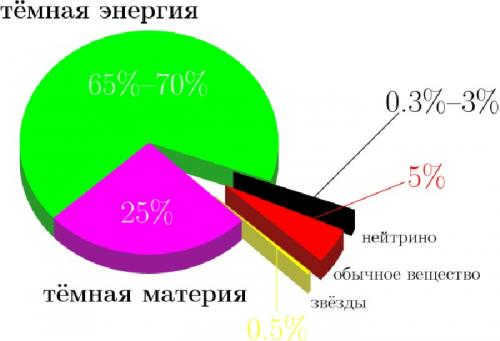
The mass of the Milky Way galaxy consists of more than just the mass of stars. The majority of the galactic disk is composed of dark matter and interstellar gas. When combined, these components contribute to a staggering mass of 4.8-10¹¹¹ M☉. To put it in perspective, the Milky Way is 150 billion times more massive than our Sun.
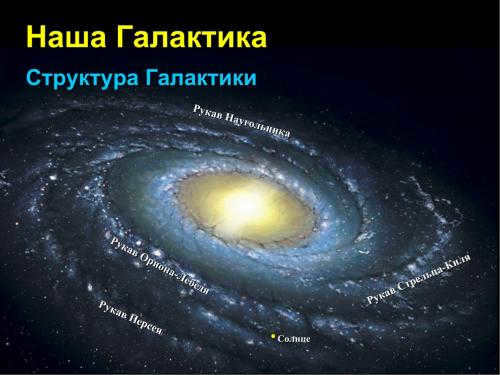
The galaxy’s rotation is characterized by different speeds in different parts, with the center of the galactic disk having a moderate rotation speed while the periphery reaches speeds of 200-250 km/s. The Sun is located in one of these peripheral areas, closer to the center of the galactic disk. It is approximately 25-28 thousand light years away from the galactic center. Over the course of its existence, the Solar System has completed around 30 revolutions around the central axis of the gravitational formation, taking about 225-250 million years for each revolution.
The Origin of the Universe. The Preceding Events of the Big Bang. The Preceding Events of the Big Bang?
It is quite challenging to fathom a period 13.7 billion years in the past when the entire cosmos existed as a singularity. As per the Big Bang theory, which is one of the leading explanations for the origin of the universe and all matter within it, everything was compressed into a point smaller than a subatomic particle. However, if we still consider this as plausible, let’s contemplate what occurred prior to the Big Bang.
This question has been a topic of discussion in modern cosmology since ancient times, dating back to the fourth century AD. About 1600 years ago, the theologian Augustine the Blessed attempted to comprehend the nature of God prior to the creation of the universe. And guess what his conclusion was? Time was a part of God’s creation, and there simply was no “before.”
According to the theory of relativity proposed by Einstein, time came into existence precisely at the moment when the singularity began expanding beyond its infinitely compressed state. Several decades after Einstein’s passing, advancements in quantum physics and the emergence of new theories have reignited the ongoing discussion regarding the nature of the universe prior to the occurrence of the Big Bang. Let’s delve into this topic.
Branes, cycles, and other concepts
“And God spat, departed, and firmly shut the door,
We stood behind, with the door vanished.”
A. Nepomnyashchy
What if our current Universe is a descendant of a previous, more ancient Universe? Some astrophysicists speculate that exploring the relic radiation remaining from the big bang, known as the cosmic microwave background, could provide insights into this narrative.
In 1965, astronomers made the initial discovery of relic radiation, which posed certain challenges to the big bang theory. These challenges prompted scientists to briefly worry and develop the inflationary theory until 1981. The inflationary theory proposes that the universe experienced a rapid expansion during its early stages and also explains the temperature and density fluctuations observed in relic radiation, suggesting that these fluctuations should be uniform.
However, recent research has revealed that this is not the case. It has become apparent that the universe is actually asymmetrical, with certain regions exhibiting greater fluctuations than others. Some cosmologists interpret this finding as evidence supporting the idea that our Universe originated from a “mother”(!).
In the realm of chaotic inflation theory, this concept takes on a grand scale: the never-ending expansion of inflationary bubbles gives rise to an abundance of universes, and each of these universes in turn generates even more inflationary bubbles within a vast array of Multiverses.
However, there exist models that are employed in an attempt to elucidate the formation of singularities prior to the big bang. If we envision black holes as colossal receptacles, they emerge as frontrunners for the initial contraction, suggesting that our expanding universe could very well be a white hole – the exit point of a black hole – and each black hole in our universe might harbor a distinct universe of its own.
Some scientists argue that singularity formation is driven by a phenomenon known as the “big bang,” in which the universe expands and eventually collapses back into itself, leading to the creation of a new singularity. This process is believed to be eternal, with each collapse and singularity representing a transition to a different phase of the universe’s existence.
Another explanation, based on string theory, proposes the existence of a cyclic universe. According to this theory, new matter and energy are generated every trillion years when two membranes or “branes” outside our dimensions collide with each other.
What existed prior to the occurrence of the Big Bang is still an unresolved inquiry. Conceivably, it could have been nothingness. Alternatively, it might have been an alternate Universe or a variant of our own. It is also plausible that there exists a multitude of universes, each with its own distinct set of principles and constants that govern the fundamental structure of the physical world.
The enigma of black holes. Unraveling the true nature of these cosmic phenomena
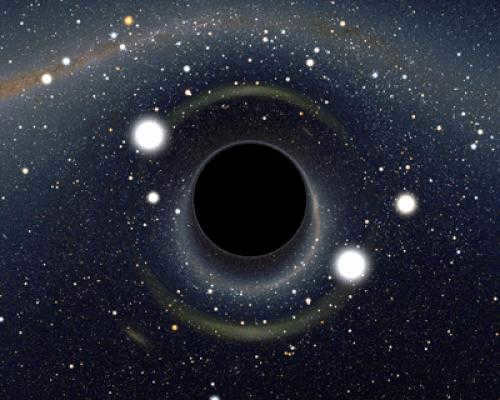
A brief description of the phenomenon can be stated as follows. A black hole is a region of space-time with an extremely strong gravitational force, preventing any object, including light particles, from escaping.
A black hole originates from a massive star. As long as there are thermonuclear reactions maintaining high pressure inside the star, everything remains stable. However, as the energy supply diminishes over time, the celestial body starts to contract due to its own gravity. The ultimate stage of this process is the collapse of the star’s core and the creation of a black hole.
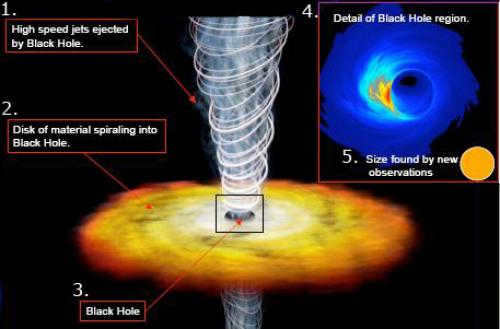
- 1. A black hole ejects a jet with high velocity
- 2. Matter accumulates into a black hole
- 3. The phenomenon of a black hole
- 4. Detailed diagram illustrating the region of a black hole
- 5. Newly discovered observations reveal the size
According to the prevailing theory, similar phenomena exist in every galaxy, including the center of our Milky Way. The immense gravitational force of a black hole is capable of capturing and holding multiple galaxies together, preventing their separation. The extent of this “coverage” can vary depending on the mass of the star that collapsed into a black hole and can span thousands of light years.
Why Did the Universe Experience the Big Bang? Resolving Issues with the Model
- The issue of the Universe’s large scale and isotropy can be addressed by considering the rapid expansion during the inflationary stage. This suggests that the observable Universe emerged from a single region connected causally to the epoch preceding inflation.
- Solving the problem of a flat universe is achievable through the inflationary stage, which leads to an increase in the curvature radius of space. This value allows the density parameters of the present time to approach the critical value.
- The emergence of density fluctuations with a certain amplitude and spectrum shape is a direct result of inflationary expansion. These fluctuations have the potential to evolve into the current structure of the Universe, while maintaining its large-scale homogeneity and isotropy. This provides a solution to the problem of the Universe’s large-scale structure.
However, the inflationary model does have a major drawback – its reliance on unproven and incompletely developed theories.
One example is the reliance on the unified field theory, which remains a mere hypothesis at this stage. It cannot be experimentally tested in a laboratory setting. Additionally, the model fails to explain the origin of the superheated and expanding matter. Three possibilities are currently being considered:
- The second option is the birth of the Universe from disorder. Various regions of it possessed distinct temperatures, resulting in compression in certain areas and expansion in others. Inflation likely took place in a region of the Universe that was excessively hot and expanding. However, the origin of the initial disorder remains unclear.
- The third possibility is the quantum mechanical process through which a mass of superheated and expanding material came into existence. In reality, the universe sprang forth from nothingness.
The Big Bang: Past and Future
The start of everything is commonly known as the Big Bang, which occurred approximately 13.8 billion years ago and marked the commencement of the expanding observable Universe. However, the events prior to this epoch are shrouded in mystery. Hitech presents several fascinating possibilities.
The initial understanding required is the nature of the Big Bang event. As previously mentioned by “Hytek”, it represents a genuine explosion. Furthermore, it is essential to acknowledge that it is a specific moment in history rather than a singular location in space, as highlighted by Sean Carroll, a renowned theoretical physicist at the California Institute of Technology, in his enlightening book titled “The Big Picture: the Origin of Life, Meaning, and the Universe Itself.”
Only the hypotheses
The exact condition of the universe during the occurrence of the Big Bang remains uncertain. The only known fact is that it was extremely compact, but this has undergone transformations throughout its evolution.
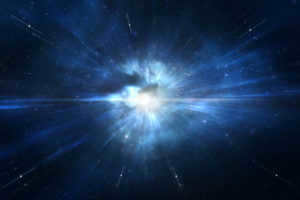
Furthermore, the events that took place in the universe prior to one second after the Big Bang remain a mystery. It was only at this point that the universe had cooled down sufficiently for protons and neutrons to come together through collisions and form atomic nuclei. Yet, it is widely accepted among the scientific community that the universe experienced a period of rapid expansion, known as inflation, around this time. This phenomenon provides an explanation for the remarkably even distribution of matter observed throughout the universe today.
There is a strong possibility that prior to the occurrence of the Big Bang, the Universe existed as an endless expanse of immensely hot and dense material, which remained in a stable condition until, for unknown reasons, the Big Bang took place. This incredibly condensed universe could have been subject to the principles of quantum mechanics, the study of the behavior of matter and energy at the smallest scales. Therefore, at the exact moment of the Big Bang, it transitioned into classical physics, which then became the primary force driving the progression of the universe.
A moment of balance
One concept suggests that the Big Bang is not the start of time, but rather a moment of balance. Prior to this moment, there existed another universe that was identical to ours, but with entropy increasing towards the past instead of the future.
Entropy, or disorder, increasing in a system is essentially the manifestation of the arrow of time in our known world. Therefore, in the mirror universe, time would move in the opposite direction. Supporters of this theory also propose that other characteristics of our known universe would also be reversed in a mirror world. For instance, physicist David Sloan stated on the Oxford University science blog that chirality, or asymmetry, in molecules and ions would have an opposite orientation compared to our universe.
A piece of the fabric of space and time
Another hypothesis proposes that maybe the cosmos as we understand it is the result of another, precursor universe from which a fragment of spacetime separated.
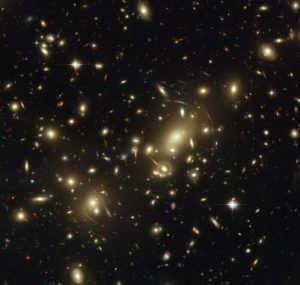
The occurrence is akin to the process of radioactive decay, where a nucleus expels an alpha or beta particle. Scientists theorize that the parent universe may have undergone a similar process, but instead of particles, it emitted an infinite number of daughter universes. These offspring universes are essentially parallel universes that exist independently and do not have any interaction or impact on one another.
Remarkably, Stephen Hawking viewed the moment of the Big Bang as the sole significant event. He believed that all occurrences prior to this pivotal point were immeasurable and, thus, undefined. The scientist consistently emphasized the importance of time and space. “Time and space are finite, yet they possess no boundaries or starting and ending points, similar to how planet Earth is finite but lacks an edge,” he explained during a 2018 interview on the National Geographic StarTalk program.
“Because the events preceding the Big Bang have no observable consequences, they can be excluded from the theory, and we can assume that time began with the Big Bang,” argued Hawking. Perhaps he is correct. However, scientists still cling to the hope of discovering what transpired prior to the commencement of time.
Learn more
“At the dawn of our universe, prior to the emergence of galaxies and stars, the phenomenon known as the Big Bang transpired – whereby matter and energy erupted from a minuscule and dense point and rapidly expanded to a vast scale.” This is the prevailing scientific explanation for the origin of “everything”. However, a group of American scientists has recently proposed an alternative theory: the Big Bang may have been accompanied by a “dark” Big Bang, resulting in the proliferation of dark matter throughout the cosmos, detectable through gravitational effects.
“Widely recognized cosmological model”.
“The Big Bang is the widely recognized cosmological model that explains the initial development of the universe, specifically the start of its expansion, prior to which the universe existed in a singular state.” – definition provided online.

To elaborate: the prevailing belief among contemporary astrophysicists is that during the initial moments of its existence (10 to the power of minus 42 seconds after the explosion), our Universe underwent what is known as “cosmic inflation” – a phase characterized by rapid (exponential) expansion. Following the conclusion of this phase, the temperature dropped to a point where the subsequent transition became feasible, wherein the fundamental substance of the Universe transformed into quark-gluon plasma.
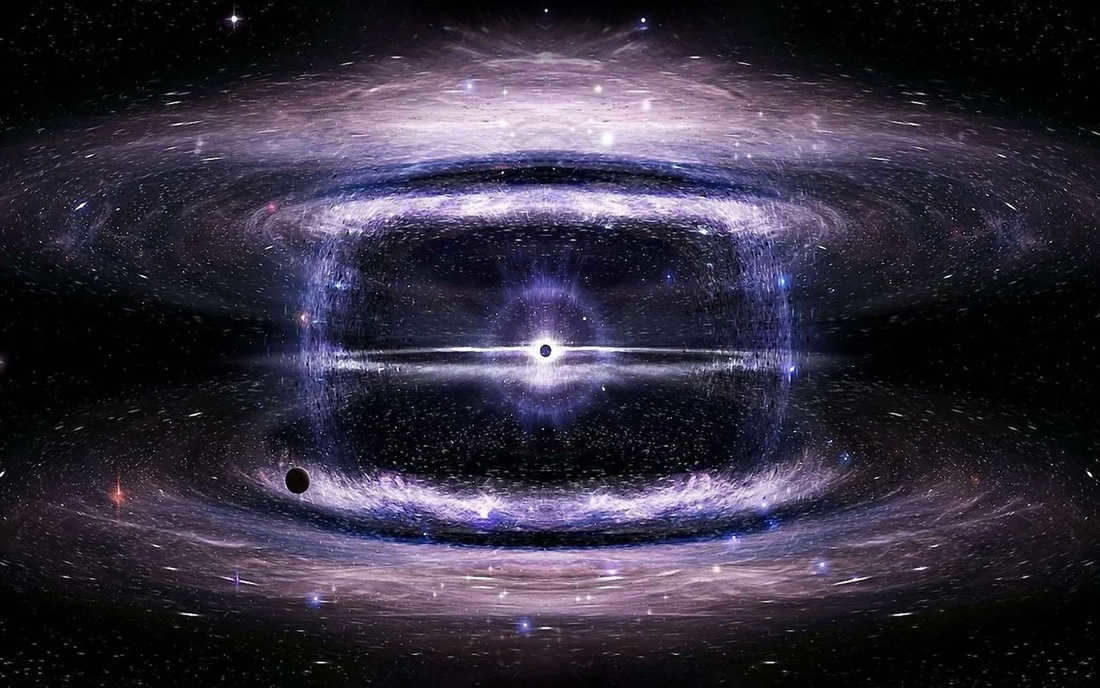
For many years, researchers have been intrigued by one of the primary questions – what was the exact cause of the “cosmic inflation” that resulted in the formation of all these celestial bodies. While the precise answer remains elusive, it is possible that inflation was triggered by the sudden disintegration of a quantum field into a stream of particles, sparking a “hot” Big Bang.
Does this explanation seem too complex? To simplify, scientists propose that the Big Bang should not be likened to the explosion of a conventional dynamite stick. Instead, it is more likely that the Big Bang occurred simultaneously and uniformly across all points in space. In essence, the Big Bang represents an expansion of space itself, along with the matter it contains.
The component that distinguishes itself from the overall idea
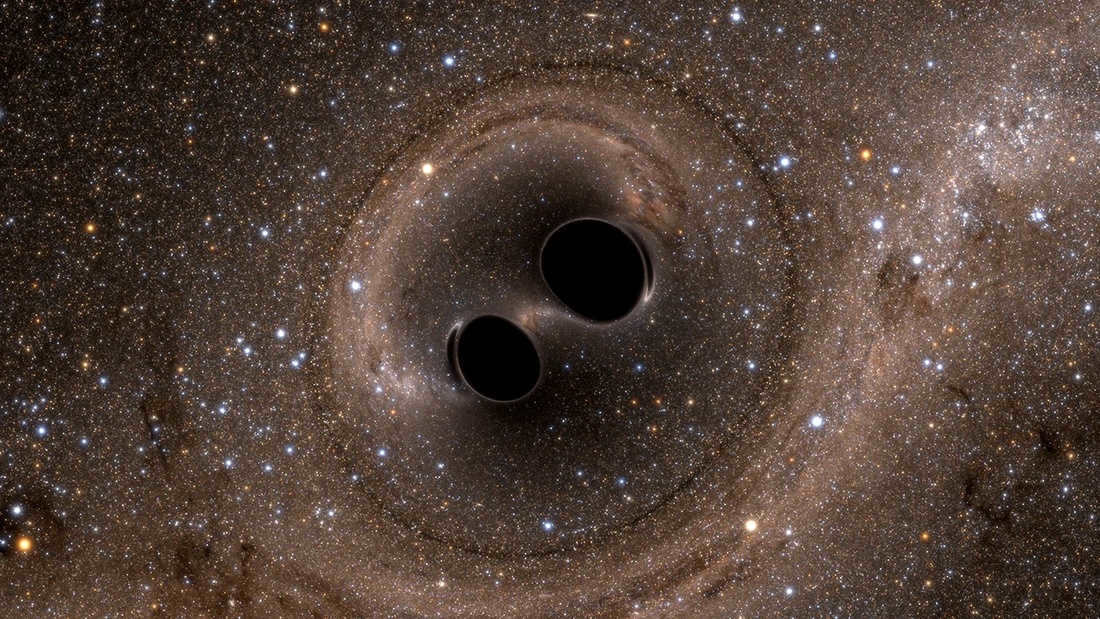
A computer simulation frame depicts two black holes prior to their collision, resulting in the creation of gravitational waves. The image is courtesy of SXS.
Nevertheless, an essential aspect of the aforementioned theory involves the presence of dark matter. Despite being imperceptible, its existence is scientifically proven and acknowledged. Dark matter is recognized to constitute approximately one-quarter of the Universe’s mass-energy (a considerable amount!) and exhibits its influence through gravitational interactions. In simpler terms, we can observe the gravitational effects of dark matter in distant galactic systems.
What is the concept of the “dark” Big Bang?
To put it briefly, according to the findings of Kathryn Freese and Martin Winkler, the primary researchers of the investigation, the formation of dark matter happened simultaneously with the appearance of the observable matter, but followed a distinct path and occurred at different moments.
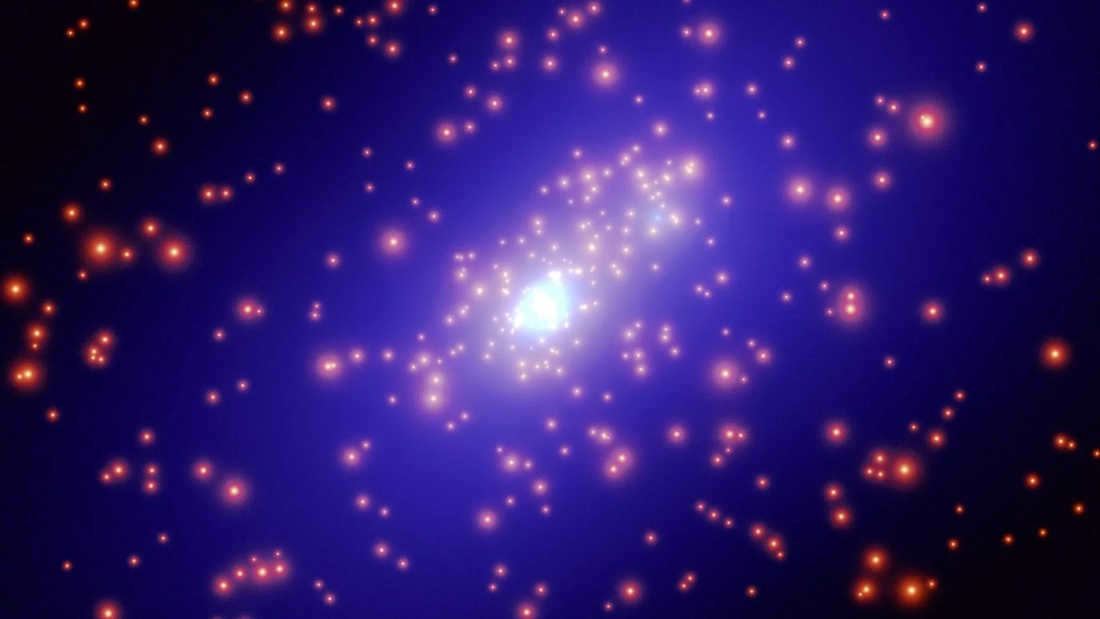
The picture serves as an illustration. Image credit: European Space Agency, NASA and Jean-Paul Kneib
“It is conceivable that the formation of regular matter and dark matter might have taken place at separate times. In fact, there is no evidence supporting the existence of dark matter prior to the period of structure formation, suggesting that it could have been generated at a later point in time,” remarked Fries in a commentary for Popular Mechanics. “Despite extensive experimental endeavors, no non-gravitational interaction patterns with dark matter have been detected for several decades. If gravity is the sole force acting between dark matter and observable matter (or if their interaction is only through extremely weak non-gravitational forces), then there is no reason for the ‘hot’ Big Bang to generate dark matter,” added Winkler.
Based on these principles, the researchers proposed the idea that dark matter could have been formed after the initial “hot” Big Bang, which is widely accepted as the origin of everything else. They suggest that a second Big Bang, which they refer to as the “dark” Big Bang, could have occurred. This idea has not been previously considered by the scientific community. According to Freese, Winkler, and their colleagues, the “dark” Big Bang would have occurred after the end of cosmic inflation and the cooling of the universe to a point where the dark field underwent a phase transition, resulting in the creation of dark matter particles.
At what time did the second Big Bang occur?
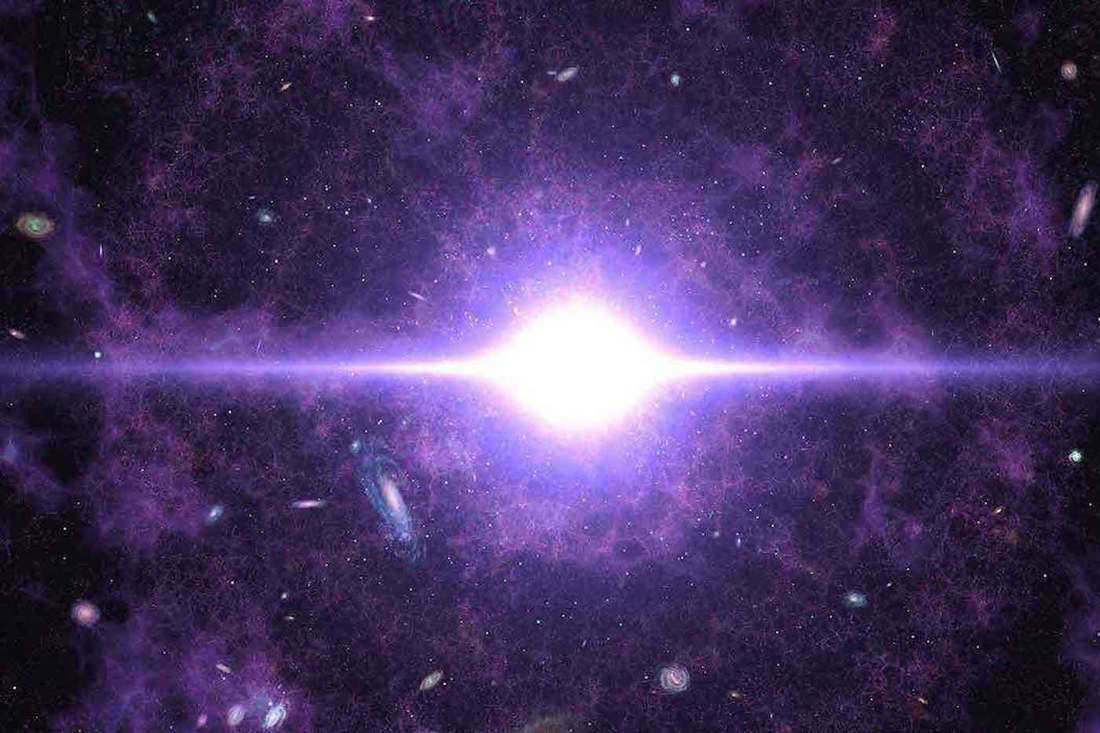
Is the concept starting to sound too complex once again? Let’s break it down. Researchers have put forward a theory suggesting that during the “dark” Big Bang, a distinct quantum field was created and did not vanish, much like regular (observable) matter. As the universe continued to expand and cool, this quantum field underwent transformations and ultimately led to the emergence of dark matter.
Physicists believe that the universe was filled with ordinary particles at the same time as dark matter, which was composed of entirely different particles. Furthermore, they propose a theory about the timing of the “dark” Big Bang. They suggest that this event occurred approximately one month after the birth of the universe. The scientists also claim that the “dark” Big Bang produced exceptionally powerful primary gravitational waves that continue to exist to this day, even after 13.8 billion years.
Can we place our trust in the theory?
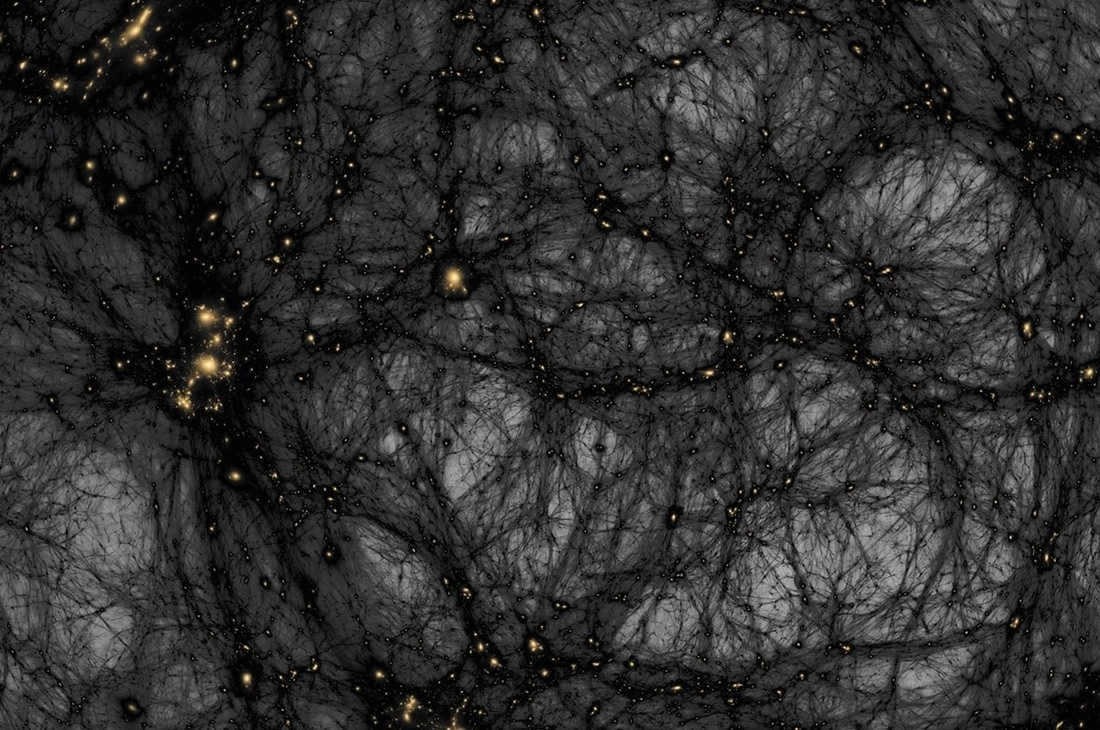
“Currently, it is merely a hypothesis crafted to encourage cosmologists to contemplate alternative explanations for the observed phenomena in the remnants of the early universe. However, it may soon undergo testing. Freese and Winkler anticipate that the next generation of gravitational wave detectors will possess sufficient sensitivity to detect the signal of a ‘dark’ Big Bang (if it indeed transpired).” – Popular Mechanics reports.
Simultaneously, the hypothesis presents several compelling benefits:
- It aligns with existing knowledge regarding dark matter. If dark matter lacks interaction with ordinary matter, it follows that they may not share a common origin.
- The concept of a “dark” Big Bang enables the development of models of dark matter that do not impact the behavior of ordinary matter during the initial stages following the rapid expansion.

